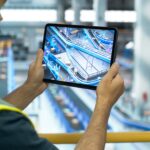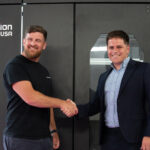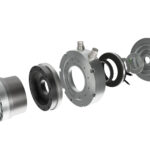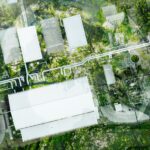In 2012, the City Council of the Danish capital Copenhagen adopted the ambitious
CPH Climate Plan 2025, aiming to achieve climate neutral status by 2025, which
would make it one of the first carbon neutral cities anywhere in the world.
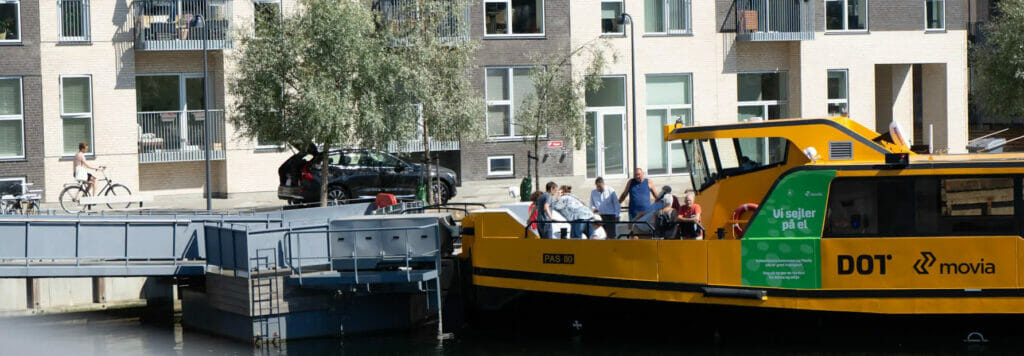
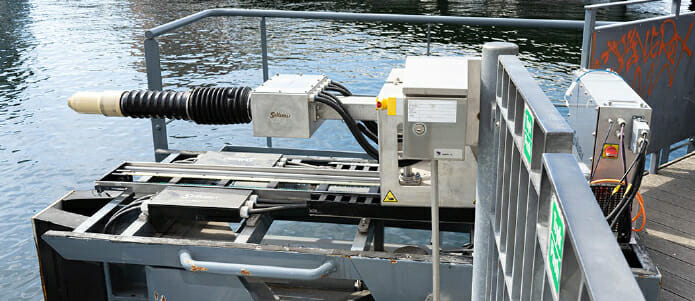
Achieving this objective is multi-faceted and requires action across many different
areas including, of course, transportation. The city relies heavily on its waterways as
part of its public transportation system, where ferries, known locally as harbour
buses, transport city residents and tourists across eleven stops between the Royal
Library, Nyhavn, Opera, the Little Mermaid Statue and Refshaleøen in Copenhagen.
As part of the carbon neutral initiative, the city set aside funds to help cut emissions
from the existing diesel-powered harbour buses by commissioning a new fleet of
electrically powered harbour buses to transport passengers around the city and its
iconic sea front.
As for any electrically powered mode of transport, charging these vessels efficiently
and quickly would be key to the success of the initiative. The solution chosen to
meet the demanding requirements of this application is based upon Stäubli’s QCC
which autonomously charges the vessels in as little as 6 minutes during their
scheduled stops.
A multi-national solution
A project such as this requires a number of different parties and suppliers covering
the design and build of the harbour buses, the charging technology, those who will
operate and manage the vessels and of course the city itself. In this case,
Netherlands based Damen Shipyards Group were selected to build the harbour
buses to be operated by Arriva Denmark on behalf of Movia, the public transport
authority of Copenhagen. The charging technology and solution was delivered by
Heliox, a specialist providing a complete range of made-to-measure charging
solutions. The new vessels are based on Damen’s E3 ferries and are designed to be
environmentally friendly, efficient in operation and economically viable.
Demanding harbour environment
The decision to opt for fully electric, battery powered craft followed a consultation
which reviewed and considered a number of propulsion options including biodiesel
engines, hybrid vessels with generators on board, and of course fully electric
solutions. The fully electric, battery powered option was deemed to be the optimum
choice for the planned 12-year operation of the ferries, delivering zero emissions,
quiet operation, and the maintenance friendly nature of electric propulsion systems.
With the vessels planned to dock bow-first, a “drive-on” charging system was
required. Damen engineers created an automated charging system, to allow the
vessel to drive up to the charging pin bow-first, enabling a fully automated
connection, coupled with fast-charging to replenish the battery power in around just
six minutes. This concept required an innovative and reliable charging solution
capable of withstanding the rough conditions often encountered within the harbour
environment.
The solution
Engineered for heavy duty applications in autonomous charging, Stäubli’s QCC
quick-charging connector was the perfect solution for the demanding conditions to
be encountered in Copenhagen. To ensure highest performance levels and a
flawless interface between the connector and the vessel in the swell of the water,
Stäubli engineers adapted the QCC system for harbour docking applications.
Whilst the QCC is designed to absorb both angular and positional misalignment,
adjustments were made to the motor and software to guarantee uninterrupted
connectivity during axial movement of the ferry in heavy waves. The QCC system is
protected from dust and low-pressure water jets from any direction (IP55) as well as
touch protected (IP2X). To make it ideally suited to the challenging conditions in the
harbour environment, an additional housing was designed to protect the system
from the elements, especially the salt water.
Operational & environmental benefits
Combining a fast-charging system with Stäubli’s QCC solution and a small battery
pack allows these environmentally friendly vessels to recharge in as little as six
minutes without disrupting their planned schedule. With almost fully autonomous
operation, captains simply press a button in the cockpit to start the charging process
and do not have to leave the vessel or manually plug in a connector.
Overall, the QCC system with its high-power transfer in minimum time supports
productivity and the brief stops across the three charging locations, offering high
reliability and efficiency due to Stäubli MULTILAM contact technology’s unique
properties and resistance to harsh environments. Throughout the project, Stäubli
engineering experts supported Damen and Heliox in the design and integration of
the QCC technology into the vessel and on shore infrastructure, and throughout the
implementation period delivering a safe and dependable, high power charging
solution for the new harbour buses.
The decision to opt for battery electric harbour buses has many more advantages
than just helping the city reach its ambitious climate goals. By reducing noise and
emissions, passengers, and pedestrians both on and off the harbour buses benefit
from a quiet and unpolluted journey across Copenhagen’s stunning waterfront.
for more info visit our website – www.staubli.com


